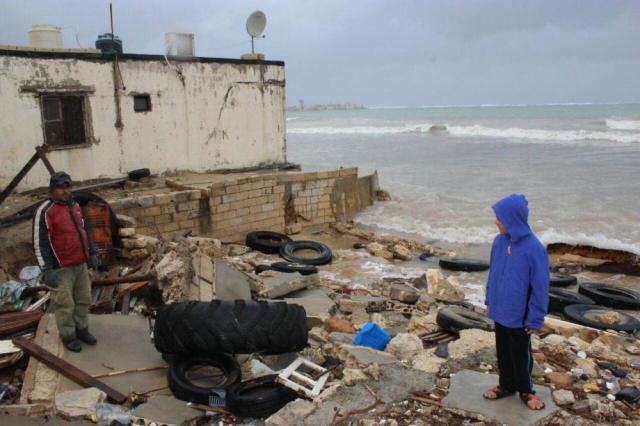The scale of international climate change negotiations has grown constantly since the 1992 Rio Earth Summit. After the entry into force of the Kyoto Protocol in 2005, a longer-term vision took hold with the Bali Action Plan in 2007 and then the validation at Copenhagen in 2009 of a common goal of limiting global warming to 2°C. In 2010, the Cancun Conference enabled us to make this goal effective through the creation of dedicated institutions for key points, including those for adaptation, the Green Climate Fund and the Technology Mechanism.
The will to act together and to keep within the +2°C limit led to the creation of theDurban Platform (ADP) , with the role of bringing together all developed and developing countries to work on a “protocol, legal instrument or agreed outcome with legal force”, applicable to all parties to the UN Framework Agreement on Climate Change. The “new instrument” will have to be adopted in 2015 and implemented from 2020, and that is the goal of the 2015 Paris Conference. TheDoha Conference enshrined the commitment of several industrialized countries in a second period of commitment to the Kyoto Protocol (2013-2020) and concluded the Bali Mandate.
The 2013 Warsaw Conference made a crucial step towards reaching a universal climate agreement in Paris in 2015: all States will have to communicate their “contributions” – the efforts they intend to undertake to reduce their greenhouse gas emissions – before the Paris Conference, for them to be assessed during the first half of 2015.











